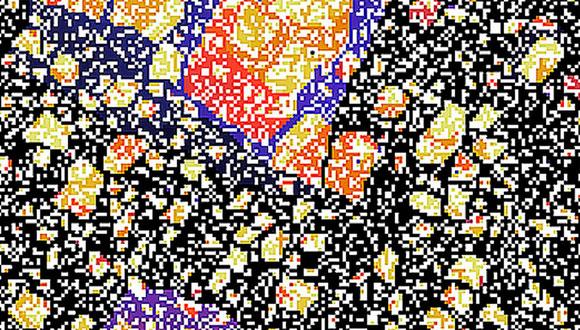Biological & Soft Matter Seminar
Orit Shefi, BIU
Interactions with artificial topographical objects affect neuronal growth and modify neuronal growth strategy
Abstract:
The ability to manipulate neuronal growth has great implications for both neuronal repair and for the potential design of modern computational devices. Previous studies have identified processes that take place along neuronal growth and influence the geometry of the neuronal dendrites and axons, which show extremely diverse complex structures. A key mechanism is the ability of the sensory-motile growth cones at the tips of growing processes to measure environmental cues. According to previous studies, the topography of the substrate has an important role in neuronal growth. We study the effect of topographic nano-cues on neuronal growth and morphology. We use photolithography to fabricate substrates with repeatable line-pattern ridges of nano-scale heights between 10 to 150 nm. We plate neuronal cells atop the patterned-substrates and compare their growth to neurons plated atop non-patterned substrates. We find that neuronal processes, which are of micron size, have strong interactions with ridges even as low as 10 nm. The interaction between the neuronal process and the ridge leads to a deflection of growth direction and a preferred alignment with the ridges. The interaction strength clearly depends on the ridges' height. These interactions of the neuronal process dominantly affect the neuronal growth direction. Moreover, we analyze the response of the entire neuronal branching tree of neurons atop the patterned substrates and find a significant effect in comparison to the non-patterned substrates. The interactions with the artificial nano- objects trigger a growth strategy similar to interactions with other neuronal cells, mimicking cell-cell interactions. Following the interactions we measure fewer branches demonstrating a tendency to a more simplified neuronal structure. These results raise the question what triggers the change in neuronal growth and what can be considered a functional neuronal interaction. Potential mechanisms, the basic interplay between function and form and applications will be discussed.
Seminar Organizer: Guy Yaacoby


